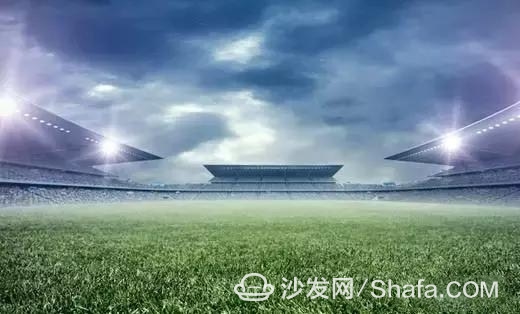
Battery Charger,ebike battery charger,ebike charger,water purifier charger
FOSHAN SHUNDE KELICHENG POWER SUPPLY TECHNOLGY. CO,LTD , https://www.kelicpower.com

Battery Charger,ebike battery charger,ebike charger,water purifier charger
FOSHAN SHUNDE KELICHENG POWER SUPPLY TECHNOLGY. CO,LTD , https://www.kelicpower.com